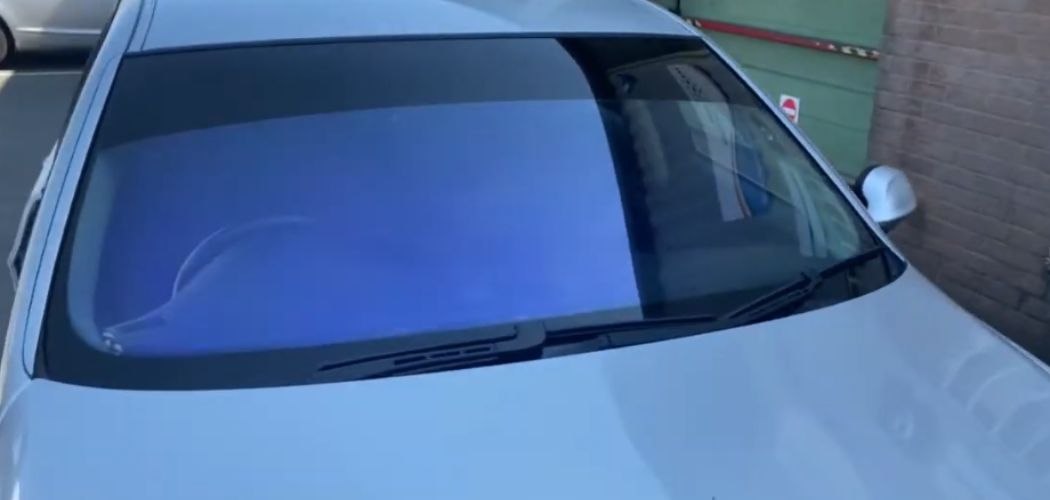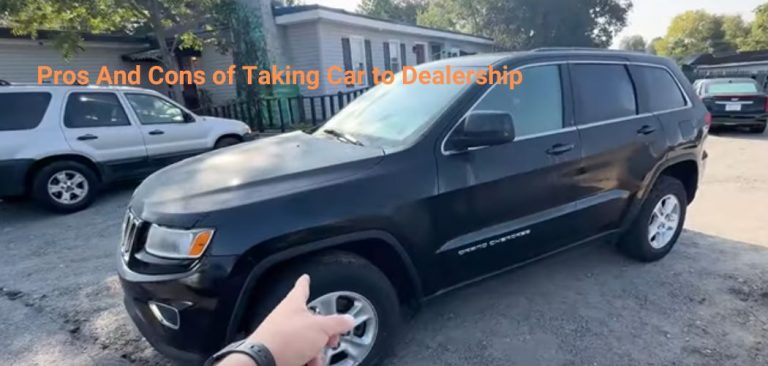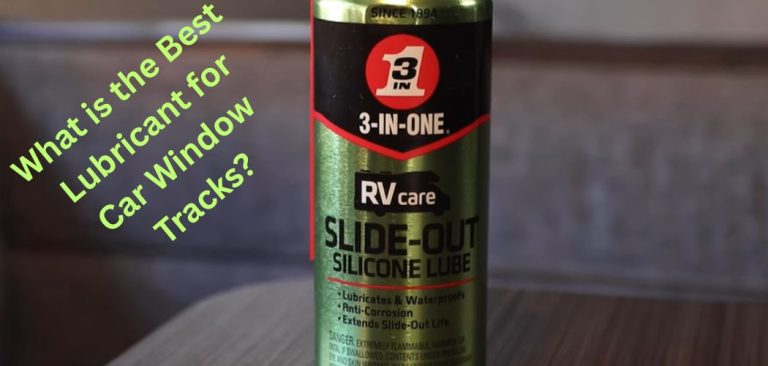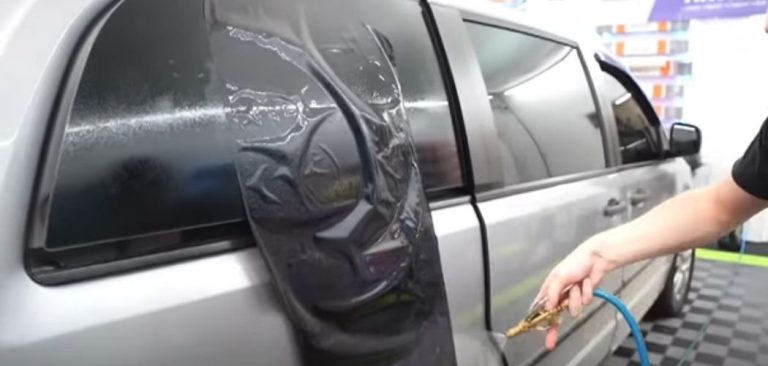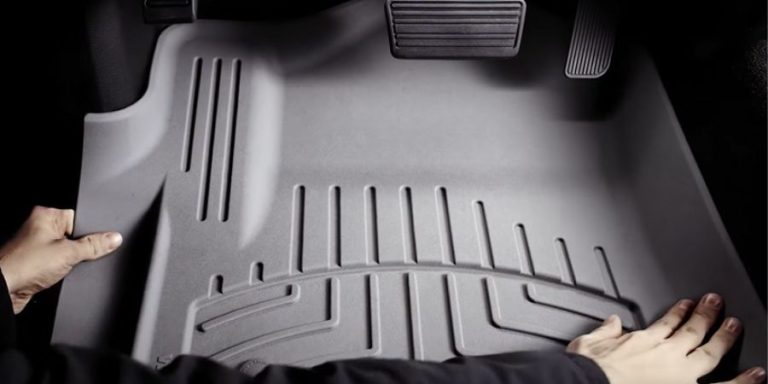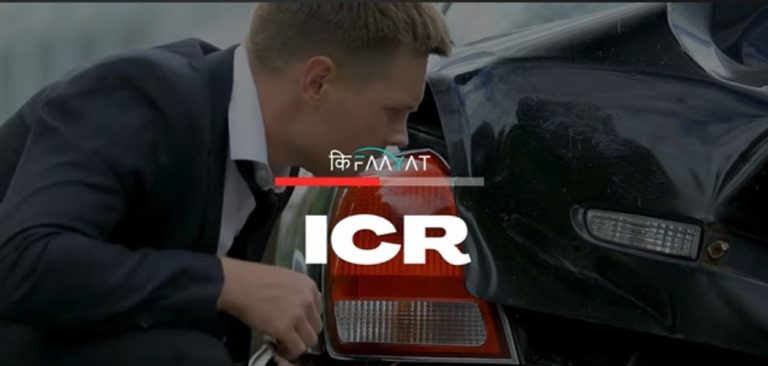Blue window tint has become a popular choice for car owners looking to add style, reduce glare, and protect against UV rays. However, its legality varies widely across the U.S. due to differing state laws and safety concerns. I try to provide a clear, state-by-state overview of where blue tint is allowed—and where it’s not.
State-by-State Analysis of Blue Window Tint Legality
The legality of blue window tint varies across the United States. Here’s a breakdown of how each state approaches the use of blue-colored tint:
States Where Blue Tint is Explicitly Prohibited
California: Prohibits red, amber, and blue window tints.
Texas: Bans blue tint on windshields, with some sources suggesting a broader restriction.
Kentucky: Prohibits red, blue, and amber tint on all vehicle windows.
States Where Blue Tint is Not Explicitly Mentioned but Other Colors Are Prohibited
While not naming blue specifically, the following states ban other non-neutral tint colors—suggesting a cautious approach that may extend to blue tints:
Alaska: Prohibits red, yellow, and amber.
Georgia: Bans red and amber.
Kansas: Prohibits red, amber, and yellow.
Maryland: Prohibits red, amber, and yellow.
Nebraska: Bans red, amber, and yellow.
North Carolina: Prohibits red, amber, and yellow.
Oregon: Bans red, yellow, green, black, and amber.
South Carolina: Prohibits red, amber, and yellow.
Virginia: Lists red, yellow, and amber as prohibited.
Washington: Prohibits red, yellow, and amber; some sources also mention green and black.
West Virginia: Bans red, yellow, and amber.
States Where Blue Tint Legality Is Not Explicitly Stated
In many U.S. states, blue window tint is not specifically addressed in the law. In these cases, general window tint regulations—particularly those related to Visible Light Transmission (VLT) and reflectivity—apply. It’s important to note:
- Front windshield tinting is generally prohibited, except for a top strip aligned with the AS-1 line or a few inches from the top.
- Reflective tints are widely banned across all windows.
The table below summarizes each state’s stance on blue tint (if any), their front side window VLT limits, and any explicitly mentioned color restrictions:
| State | Blue Tint Legality | Front Side VLT Limit (%) | Color Restrictions |
|---|---|---|---|
| Alabama | Not Explicitly Mentioned | 32 | None |
| Alaska | Likely Prohibited | 70 | No red, yellow, or amber |
| Arizona | Not Explicitly Mentioned | 33 | No red or amber |
| Arkansas | Not Explicitly Mentioned | 25 | None |
| California | Prohibited | 70 | No red, amber, or blue |
| Colorado | Not Explicitly Mentioned | 27 | No red or amber |
| Connecticut | Not Explicitly Mentioned | 35 | None |
| Delaware | Not Explicitly Mentioned | 70 | None |
| D.C. | Not Explicitly Mentioned | 70 (cars), 55 (MPVs) | None |
| Florida | Not Explicitly Mentioned | 28 | No colored tint permitted |
| Georgia | Likely Prohibited | 32 | No red or amber |
| Hawaii | Not Explicitly Mentioned | 35 | None |
| Idaho | Not Explicitly Mentioned | 35 | None |
| Illinois | Not Explicitly Mentioned | 35 | None |
| Indiana | Not Explicitly Mentioned | 30 | None |
| Iowa | Not Explicitly Mentioned | 70 | None |
| Kansas | Likely Prohibited | 35 | No red, amber, or yellow |
| Kentucky | Prohibited | 35 | No red, blue, or amber |
| Louisiana | Not Explicitly Mentioned | 40 | Red, amber, and blue prohibited (windshield/front side) |
| Maine | Not Explicitly Mentioned | 35 | None |
| Maryland | Likely Prohibited | 35 | No red, amber, or yellow |
| Massachusetts | Not Explicitly Mentioned | 35 | None |
| Michigan | Not Explicitly Mentioned | Any (top 4″) | None |
| Minnesota | Not Explicitly Mentioned | 50 | None |
| Mississippi | Not Explicitly Mentioned | 28 | None |
| Missouri | Not Explicitly Mentioned | 35 | None |
| Montana | Not Explicitly Mentioned | 24 | No red, yellow, or blue (windshield above AS-1 line) |
| Nebraska | Likely Prohibited | 35 | No red, amber, or yellow |
| Nevada | Not Explicitly Mentioned | 35 | No red, blue, or yellow |
| New Hampshire | Not Explicitly Mentioned | None | None |
| New Jersey | Not Explicitly Mentioned | None | None |
| New Mexico | Not Explicitly Mentioned | 20 | No amber, yellow, or red |
| New York | Not Explicitly Mentioned | 70 | None |
| North Carolina | Likely Prohibited | 35 | No red, amber, or yellow |
| North Dakota | Not Explicitly Mentioned | 50 | None |
| Ohio | Not Explicitly Mentioned | 50 | None |
| Oklahoma | Not Explicitly Mentioned | 25 | Tint cannot change window color |
| Oregon | Likely Prohibited | 35 | No red, yellow, green, black, or amber |
| Pennsylvania | Not Explicitly Mentioned | 70 | None |
| Rhode Island | Not Explicitly Mentioned | 70 | None |
| South Carolina | Likely Prohibited | 27 | No red, yellow, or amber |
| South Dakota | Not Explicitly Mentioned | 35 | None |
| Tennessee | Not Explicitly Mentioned | 35 | No reflective tint allowed |
| Texas | Prohibited (Windshield) | 25 | No red, amber, or blue |
| Utah | Not Explicitly Mentioned | 43 | None |
| Vermont | Not Explicitly Mentioned | None | None |
| Virginia | Likely Prohibited | 50 | No red, yellow, or amber |
| Washington | Likely Prohibited | 24 | No red, yellow, green, black, or amber |
| West Virginia | Likely Prohibited | 35 | No red, yellow, or amber |
| Wisconsin | Not Explicitly Mentioned | 50 | None |
| Wyoming | Not Explicitly Mentioned | 28 | No amber, yellow, or red (windshield) |
Reasons Behind the Legality and Illegality of Colored Window Tints
State regulations on window tint—especially color restrictions—are primarily driven by safety concerns. Visibility is crucial for drivers to clearly see the road, pedestrians, and other vehicles, particularly in low-light or poor weather conditions.
Colors like red, blue, and amber are often prohibited because they can be mistaken for emergency lights, potentially causing confusion and delayed responses. These colors may also distort a driver’s view of traffic signals, such as stop lights and warning signs, impairing reaction time and increasing accident risks.
Neutral tones like gray, green, and smoke are generally allowed because they offer UV and glare protection without creating distractions. Law enforcement also favors lighter or non-colored tints, as they maintain visibility into vehicles during traffic stops—important for assessing threats and ensuring officer safety.

How VLT Affects the Legality of Blue Window Tint?
Visible Light Transmission (VLT) measures how much visible light passes through a tinted window. A lower VLT means a darker tint.
Even if a blue tint isn’t banned by color, it can still be illegal if its VLT is too low. For example, California requires a minimum of 70% VLT on front side windows, while other states allow darker tints.
So, the legality of blue tint often depends not just on color—but also on whether it meets your state’s VLT rules.
Medical Exemptions and Blue Window Tint
Many states allow medical exemptions for darker window tints if a person has conditions like Lupus or extreme photosensitivity. These exemptions usually require a doctor’s note and DMV approval.
However, even with a medical exemption, blue tint is still unlikely to be allowed in states where it’s specifically banned. Color restrictions are based on safety concerns, such as visibility and avoiding confusion with emergency vehicles, and typically override medical needs.
Penalties for Illegal Blue Window Tint
Using blue window tint that violates state laws can lead to fines, citations, or even orders to remove the tint. Penalties vary by state and may increase for repeat offenses.
Police often use tint meters to check if a window’s VLT meets legal limits. If your tint is too dark or the color is banned, you could face enforcement action.
Frequently Asked Questions
Is blue window tint legal in all US states?
No, blue window tint is explicitly prohibited in several states, including California, Texas, and Kentucky. Other states may not explicitly ban blue but restrict non-neutral colors or have VLT requirements that could make darker shades of blue illegal.
Why is blue window tint illegal in some states?
The primary reasons for banning certain colors like blue are safety concerns. Blue tint can potentially be confused with the blue lights used by law enforcement vehicles, which could create confusion for other drivers and potentially lead to dangerous situations.
If a state doesn’t explicitly ban blue tint, is it automatically legal?
Not necessarily. Even if blue is not a specifically prohibited color, the tint must still comply with the state’s regulations on Visible Light Transmission (VLT) percentages for different windows. If a blue tint is too dark and falls below the legal VLT limit, it would still be considered illegal.
Can I get a medical exemption to use blue window tint if my state prohibits it?
While many states offer medical exemptions for darker window tint to protect against sunlight sensitivity, it is unlikely that these exemptions would override a specific ban on blue-colored tint. Color restrictions are often in place for broader safety reasons beyond just light sensitivity. It is best to check with your state’s DMV for specific information.
What are the penalties for using illegal blue window tint?
Penalties vary by state but can include fines, citations, and a requirement to remove the tint. Repeat offenses may result in higher fines. Law enforcement officers can use tint meters to check the VLT of your windows, and if your blue tint violates either color regulations or VLT limits, you could face these penalties.
My opinion
The legality of blue window tint varies widely across the United States. While some states explicitly ban blue tints due to safety concerns—like confusion with emergency vehicle lights—others may not mention blue directly but restrict non-neutral colors and enforce strict VLT limits.
Even in states without a specific ban, blue tint must still meet all VLT and reflectivity requirements. That’s why it’s crucial for vehicle owners to check their state’s DMV regulations before applying any colored tint.
This article is the result of extensive research, and I’m committed to keeping it updated as new laws or clarifications emerge. If any changes occur, I’ll revise the information promptly to ensure continued accuracy.

